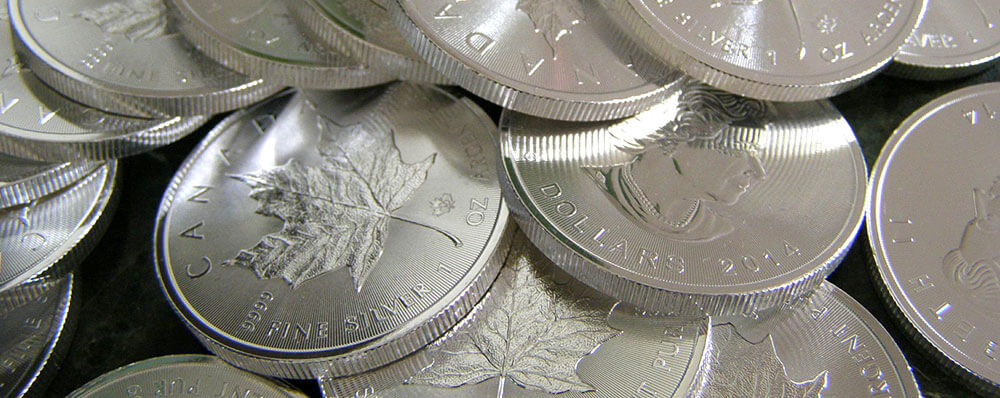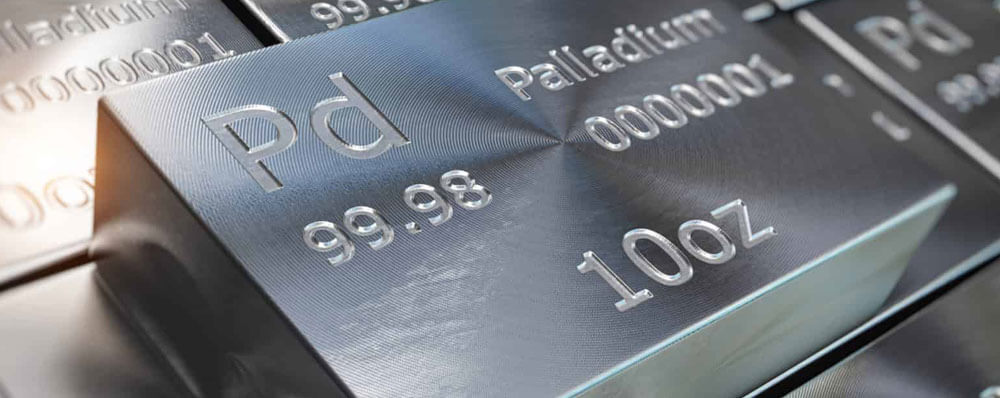Options for Including Other Precious Metals in Your RRSP

While gold is the most illustrious of the precious metals, silver, platinum and palladium, known collectively as the white metals, can also provide protection and reduce risk in your investment portfolio. Like gold, the white metals have intrinsic value because they are scarce and for this reason they either have very low or negative correlations with most other investment products. Thus, they can be used in the same way as gold to hedge against inflation and market volatility and provide insurance against large scale market failures. However, they are more risky and volatile and exhibit different behaviors in bull and bear markets. Depending on your risk tolerance and market expectations, establishing a small position in silver, platinum or palladium could benefit your RRSP.

Silver
Because both metals have historically been used as currency, silver is the closest substitute for gold in terms of your investment portfolio. When fears about fiat currencies and inflation drive investors out of economically productive investments, demand for both gold and silver increases. However, the demand for silver is more elastic, or price sensitive, than the demand for gold. The price of silver also tends to move before the price of gold and is much more volatile.
Silver is more widely used for industrial purposes (40% of silver versus 10% of gold produced each year). While it is estimated that there is ten times more silver than gold in the earth, unlike gold, much of the supply of silver is consumed and disappears. During periods of economic expansion, demand for silver rises and it regularly outperforms gold in a bull market.
The rules for holding gold and silver bullion in your RRSP were established in the 2005 Federal Budget. The processes of purchasing and storing silver and gold for your RRSP are basically the same. There are also many financial instruments that provide exposure to silver without actually having to buy the physical asset. You can invest in silver mining stocks, index funds or ETFs backed by silver or silver futures.
Exchange traded funds like the iShares Silver Trust (SLV) track the price of silver and are backed by physical silver. This fund has a management fee of 0.50% and trades in U.S. dollars on the NYSE. Sprott Asset Management’s Physical Silver Trust (PHS.U) trades on the Toronto Stock Exchange, is denominated in Canadian dollars and has management fee of 0.45%.
Similar to ETFs backed by gold futures, Horizons manage three funds based on silver futures contracts. The COMEX Silver ETF (HUZ) trades in Canadian dollars and is hedged against U.S. dollar fluctuations. It tracks the performance of monthly silver futures contracts. There are also the leveraged bull (HZU) and leveraged bear (HZD) funds which seek to double the return, or inverse of the return, on the monthly futures contracts.
If you are interested in investing in stocks of silver producers, instead of buying into a single company, consider investing in an index fund. This will reduce the risk associated with one company. The Global X Silver Miners ETF (SIL) holds between 20 and 40 silver mining, exploration and refining stocks. It replicates the Solactive Global Silver Miners Index.
The selection of silver related investment products is extensive and growing. Like gold, it is important to learn about the industry and the key players before investing.

Platinum and Palladium
Platinum and Palladium are two lesser known metals that are widely and increasingly used in manufacturing. Approximately half the supply of these metals is used to manufacture catalytic converters for automobiles. As emission standards become increasingly strict around the world, it is expected that demand for these metals will grow. They are also needed to produce LCD screens, hard drives, batteries and a growing number of modern devices.
Even more than with gold and silver, demand for these lesser known metals will grow with economic expansion. At the same time, their limited supply means they act as a safe haven when other investments perform poorly. They have potential upside in both bull and bear markets. They are even more rare than gold. It is estimated that, compared to gold, there is only 50% as much platinum and 65% as much palladium in the ground. They are both difficult to mine and their annual production is less than 10% that of gold.
While physical platinum and palladium do not qualify in the same way as gold and silver for registered tax-savings accounts under Canadian law, there are a growing number of financial products that can be used to gain exposure to these metals.
You can buy the Physical White Metals Basket Shares ETF (WITE). This fund is backed by physical bullion and contains roughly 50% silver, 34% platinum and 16% palladium. PALL is an ETF that tracks the price of palladium and PPLT is an ETF that tracks platinum’s price. Investments that provide exposure to platinum and palladium are relatively new and investor interest is still small. Be sure to look at the average daily volume of any ETF before investing. Thinly traded assets are less liquid and you may not be able to get your money out as easily at the price you expect.

Will Your Retirement Weather the Next Financial Crisis?
Gold has been used as an inflation hedge and a way to preserve wealth for millennia. We partnered with Silver Gold Bull, Canada's top-rated gold company (with over 280,000 five-star reviews), to offer Canadians a low-cost and tax-advantaged way to buy gold and silver through an RRSP/TFSA or another retirement plan.
Request More Info
Website: www.SilverGoldBull.ca
Speak to an Expert: (877) 707-4707

Leave a comment